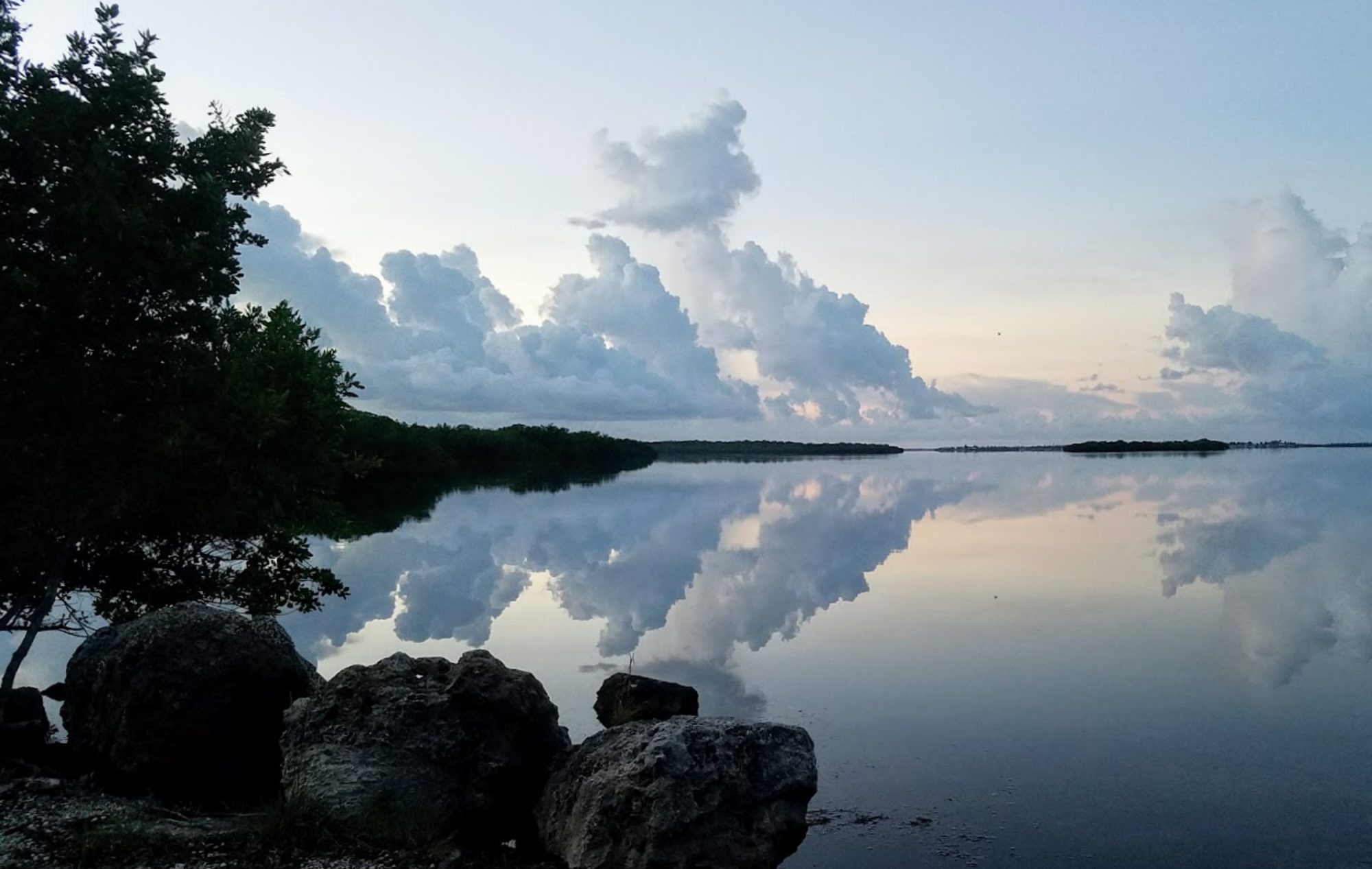Lyonia Preserve is a small piece of heaven, 360 acres of restored scrub habitat, tucked away in Deltona.
The Preserve’s museum is right next to the the public library, and behind the museum is a small amphitheater. Steve and I arrived early for a class yesterday, and took a short walk around the corner on one of the well-marked nature trails. Within minutes, we were hearing Florida Scrub Jays. Still within sight of the museum, we saw gopher tortoise tracks, a beautiful flowering Garberia, and the Rusty Lyonia for which the preserve is named.
The Florida Rosemary pictured above is just one of the multitude of rosemary that make their home in this beautiful scrub. I’ve never seen so much rosemary growing in one place, and many of the plants are over five feet tall. If only it were edible…but it’s not. It has some interesting strategies for existing in the dry scrub habitat. First, the rounded shape helps protect the plant from wind and blowing sand. Its leaves, bright green “needles,” do not allow much water to evaporate from the plant. Next, the plant secretes a chemical compound that prevents seeds from germinating below it — this allows the plant to secure all the nutrients in its immediate area. When the plant dies, the chemical is no longer released and new plants can grow from the seeds the plant has dropped in its lifetime.
There are several features here which tell the story of the karst topography hidden by the scrub. When you follow the Blue Trail up to the highest point of the preserve and look back toward the museum, you will be overlooking some nicely rolling hills. The low points in the landscape indicate places where the underlying limestone has dissolved and fallen away. In the lowest point, you can see two large trees. These are actually being swallowed up by the slow collapse of the earth beneath them.
Scrub jays were in evidence. Generally, you’ll hear a scrub jay before you hear it. They have a loud raucous call, and even their wingbeats are noisy. They are extremely intelligent and can recognize faces and distinguish between humans. We were not able to get any good photographs, but we were visited by a jay who was very interested in a shaken water bottle. We were able to observe it eating acorns and observing us.
You’ll see many of the plants that call Florida scrub habitat home, including goldenrod, winged sumac, pawpaw, several varieties of milkweed, dog fennel, and many more. If you visit, be sure to take plenty of water and sunscreen — there is little shade to be found in the scrub!
Allow yourself a minimum of an hour to enjoy the museum, which includes a beautiful saltwater aquarium. There are touch tables and a coloring table for kids, but this is not a children’s museum.
Whether you want to hike or enjoy air-conditioned exhibits, visit with scrub jays or learn about what’s under your feet, you will find something to enjoy at Lyonia Environmental Center. It’s open 7 days a week and it’s a great spot for a mid-day escape.

